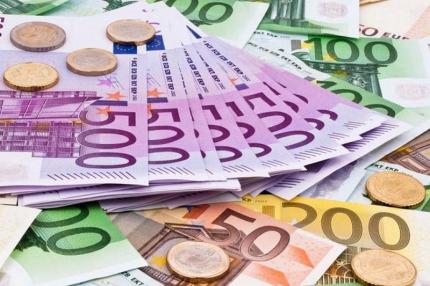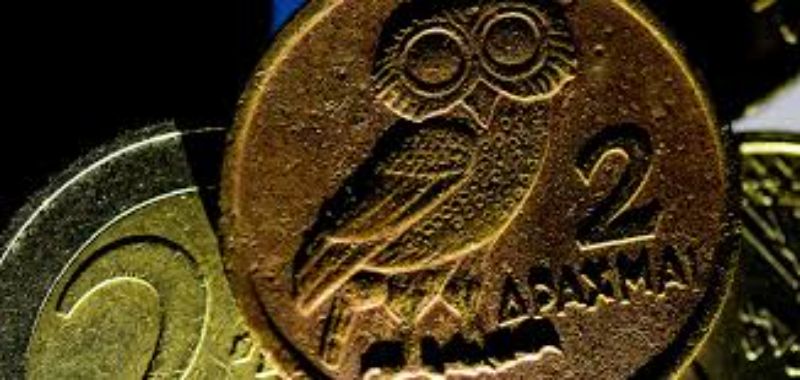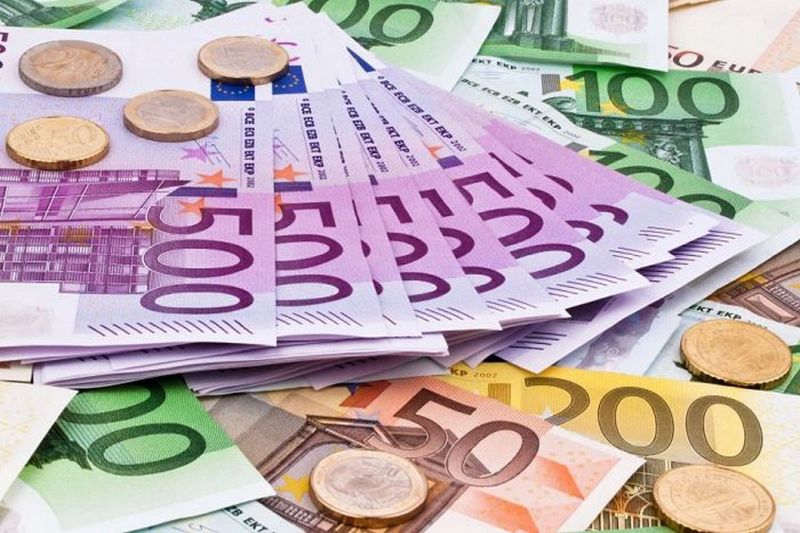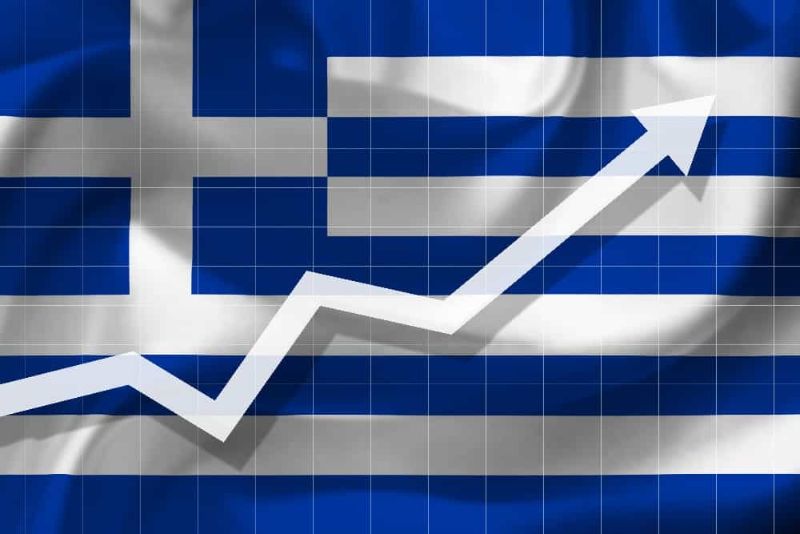Get free consultation
Fill out the form and we will contact you
Greek currency has a rich history spanning thousands of years, from the earliest ancient coins to the use of the Euro today. Understanding the monetary system is important for those considering settling in this Mediterranean country. This article provides comprehensive information about Greek currency, from a historical perspective to the present situationi.
The Drachma was the ancient currency of Greece and is considered one of the first coins in the world. According to archaeologists, the Drachma appeared around the 7th century BCE in Lydia (now part of Turkey) and quickly spread throughout the ancient Greek world.
The Drachma was the ancient currency of Greece
The Drachma was initially minted from silver and had a value roughly equivalent to a day’s wage for a skilled worker. The ancient Greek monetary system included:
Obol: 1/6 Drachma
Drachma: Basic unit
Didrachm: 2 Drachmas
Tetradrachm: 4 Drachmas
Stater: Usually 2 Drachmas, but values could vary between city-states
Mina: 100 Drachmas
Talent: 6,000 Drachmas (equivalent to 26 kg of silver)
The Athenian coin, featuring the goddess Athena and an owl, was widely used in trade across the Mediterranean, becoming one of the first “international currencies” in history.
After Greece was conquered by the Roman Empire in 146 BCE, the Drachma was gradually replaced by the Roman Denarius. Throughout the Byzantine and Ottoman periods, various other currencies circulated in Greece.
After gaining independence from the Ottoman Empire in 1832, Greece re-established the Drachma as its national currency. Over the next nearly 170 years, the modern Drachma underwent several significant changes:
1832: First issuance of the modern Drachma
1944: After World War II, Greece carried out a monetary reform due to hyperinflation. 50 billion old Drachmas were exchanged for 1 new Drachma
1954: Another monetary reform took place, exchanging 1,000 old Drachmas for 1 new Drachma
1973–2000: The Drachma continuously depreciated against strong currencies such as the USD and DEM
On January 1, 2001, Greece officially joined the Eurozone. A fixed exchange rate was set at 340.75 Drachmas = 1 Euro. The Euro began circulating alongside the Drachma on January 1, 2002, and by February 28, 2002, the Drachma was officially withdrawn after more than 2,600 years of existence.
Greece officially joined the Eurozone in 2001–2002
Greece uses the Euro with standard denominations:
Coins: 1, 2, 5, 10, 20, 50 cents and 1, 2 Euros
Banknotes: 5, 10, 20, 50, 100, 200, and 500 Euros (note that the 500 Euro note has not been issued since 2019 but remains valid for payment)
Each country in the Eurozone is allowed to design its own national side on coins. Greek Euro coins feature unique designs reflecting the country’s history and culture:
1, 2, 5 cents: Warships from ancient Athens
10, 20, 50 cents: Portrait of statesman Eleftherios Venizelos
1 Euro: Ancient Athenian coin with an owl, symbol of the goddess Athena
2 Euros: Scene of Europa being abducted by Zeus in the form of a bull (from Greek mythology)
The Greek sovereign debt crisis, which began in 2009, created significant challenges for the economy and the monetary system:
2010–2018: Greece received three major bailout packages from the EU and IMF
2015: Capital controls were implemented, limiting withdrawals and transfers abroad
Grexit: The risk of Greece leaving the Eurozone was a hot topic during the crisis years
Since 2018, the Greek economy has gradually stabilized. Capital controls were fully lifted in September 2019, allowing unrestricted transactions with the Euro.
The Greek economy gas gradually stabilized to the present
Greek currency has a rich history, from the ancient Drachma to the modern Euro. Understanding Greece’s monetary and financial system is important for those considering relocating to the country. If you are interested in settling in Greece through investment, contact Second Citizenship for detailed consultation and guidance.
Fill out the form and we will contact you



